Your cart is currently empty!
The Challenges of Fish Feed Costs in Ghana’s Aquaculture Industry : Strategies for Sustainable Growth in 2024 and Beyond
Ghana’s aquaculture industry faces numerous challenges that threaten its sustainability and profitability. One of the most pressing issues is the fish feed costs in Ghana, and inconsistent quality of fish feed. This blog post will delve into the frustrations, desires, and fears of aquaculture farmers in Ghana regarding fish feed, offering insights and strategies to mitigate these challenges.
The Economic Impact of High Feed Costs
For aquaculture farmers in Ghana, fish feed represents the most significant operational cost, often accounting for over 80% of total production expenses. The price of fish feed is influenced by several factors, including the cost of raw materials, import duties, and transportation costs. For many small and medium-sized fish farmers, these high costs are unsustainable, reducing their profit margins and making it difficult to scale their operations.
The issue is compounded by the inconsistent quality of fish feed available in the market. Inferior quality feed can lead to poor fish growth, increased mortality rates, and lower yields, further exacerbating the financial strain on farmers.
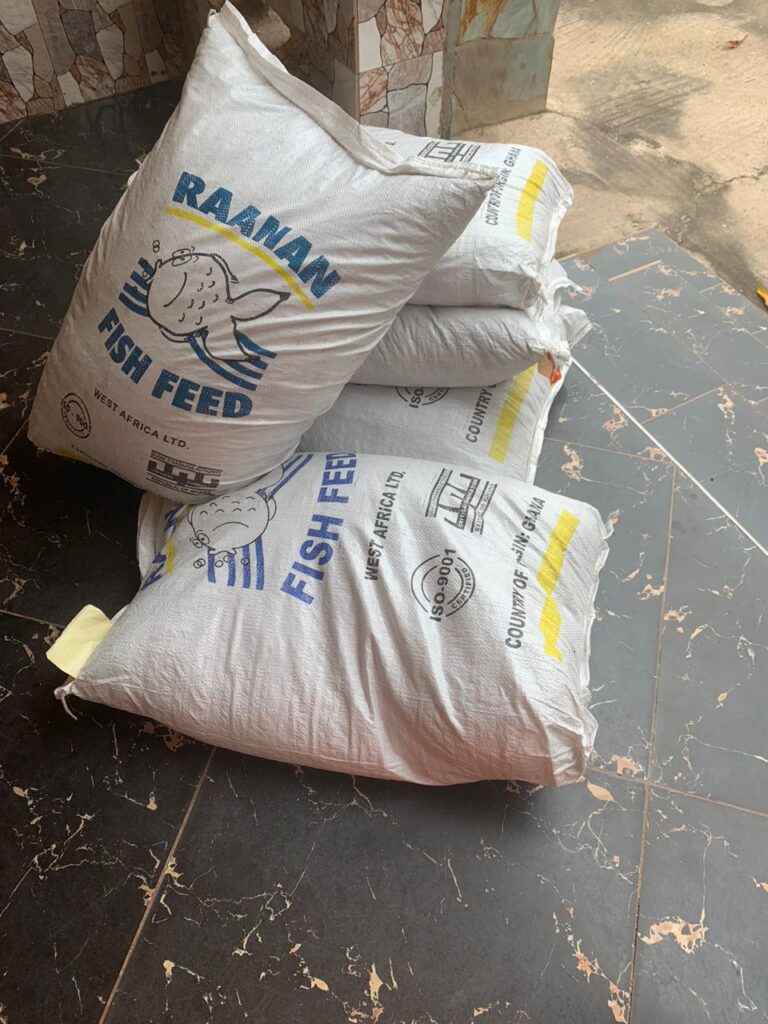
Inconsistent Quality and Its Consequences
The inconsistent quality of fish feed is another major concern. In Ghana, fish feed is either imported or produced locally. Imported feeds are generally of higher quality but are significantly more expensive due to shipping costs and import taxes. On the other hand, locally produced feeds are comparatively more affordable but often vary in quality. Inconsistent feed quality can result in uneven fish growth, poor feed conversion ratios, and increased susceptibility to diseases, leading to higher mortality rates and lower yields.
Farmers who invest in higher-quality feed expect better growth rates and healthier fish. However, when the feed does not meet these expectations, it leads to frustration and financial losses. This inconsistency creates a cycle where farmers are unable to predict outcomes, making it challenging to plan and grow their businesses effectively.
The Need for Affordable and Reliable Fish Feed
Aquaculture farmers in Ghana are eager to access affordable, high-quality fish feed that is locally produced. Such feed would not only reduce operational costs but also ensure a more reliable supply chain, free from the uncertainties associated with imported products.
Locally produced feed that meets high-quality standards can significantly improve fish growth rates, feed conversion ratios, and overall farm profitability.
Farmers desire a feed that is nutritionally balanced, promoting healthy growth and minimizing the risk of disease. They seek a product that is consistent in quality, ensuring that every batch delivers the same level of performance. The availability of such feed would empower farmers to expand their operations, increase their productivity, and contribute more significantly to Ghana’s food security.
The Role of Local Production in Meeting Demand
Promoting local production of high-quality fish feed is essential for the growth of the aquaculture industry in Ghana. Local production not only reduces costs associated with importation but also supports the local economy by creating jobs and stimulating agricultural activities. Moreover, local production allows for the customization of feed to meet the specific needs of Ghanaian fish species and farming conditions.
To meet the growing demand for fish feed, there is a need for investment in feed manufacturing facilities, research and development, and quality control. Collaborations between government agencies, research institutions, and private sector stakeholders can drive innovation in feed production, leading to more affordable and higher-quality options for farmers.
Sudden Increases in Feed Prices That Make Farming Unprofitable
One of the most significant fears among aquaculture farmers in Ghana is the potential for sudden increases in feed prices. This volatility can be driven by various factors, including fluctuations in global commodity prices, changes in import tariffs, and disruptions in the supply chain. For farmers operating on thin profit margins, a sudden spike in feed costs can render their operations unprofitable, forcing them to reduce production or, in extreme cases, exit the industry altogether.
The unpredictability of feed prices creates a sense of uncertainty that hinders long-term planning and investment. Farmers are reluctant to expand their operations or take on new financial commitments when they are unsure about future costs. This fear of price volatility stifles the growth of the aquaculture industry and limits its potential to contribute to Ghana’s economy.
The Impact of Price Increases on Small-Scale Farmers
Small-scale farmers are particularly vulnerable to sudden price increases. Unlike larger commercial operations, small-scale farmers often lack the financial resources to absorb higher costs or negotiate better prices with suppliers. As a result, they are disproportionately affected by price volatility, which can lead to reduced production, lower income, and, in some cases, the abandonment of fish farming altogether.
For small-scale farmers, the fear of sudden feed price increases is not just about immediate financial strain; it’s about the long-term viability of their livelihoods. Many of these farmers operate on narrow profit margins and rely heavily on the income generated from their aquaculture operations to support their families. When feed prices spike unexpectedly, farmers may be forced to make difficult decisions, such as reducing the quantity of feed used, which in turn can lead to slower fish growth and lower yields. This creates a vicious cycle where reduced output further diminishes their income, making it even harder to afford feed, and pushing them closer to financial instability.
Furthermore, the inability to afford sufficient or quality feed can lead to other cascading effects, such as increased fish mortality rates, which not only impact immediate income but also diminish the farmer’s ability to sustain operations in the future. The result is a heightened risk of falling into poverty, especially in rural areas where alternative employment opportunities are scarce.
Small-scale farmers also often lack access to credit or financial safety nets that could help them manage during periods of high feed prices. Without access to affordable loans or savings, these farmers are left vulnerable, with limited options for maintaining their operations during periods of economic strain. This makes them more susceptible to market fluctuations and economic shocks, further entrenching their fears about the sustainability of their farming ventures.
Strategies to Mitigate Challenges and Fears in Fish Feed Management
While the challenges associated with high feed costs, inconsistent quality, and price volatility are significant, there are strategies that aquaculture farmers in Ghana can adopt to mitigate these issues. By focusing on innovative practices, community collaboration, and strategic planning, farmers can enhance their resilience and ensure the sustainability of their operations.
1. Adopting Alternative Feed Ingredients
One promising approach to reducing feed costs is the use of alternative, locally available feed ingredients. Ingredients such as cassava peels, maize bran, and palm kernel cake have been explored as potential substitutes or supplements for traditional fish feed. These ingredients are often more affordable and readily available in Ghana, reducing dependence on expensive imported feeds.
Research and development in the use of alternative feed ingredients have shown that, when properly balanced, these materials can provide the necessary nutrients for healthy fish growth. By incorporating alternative ingredients, farmers can lower their feed costs while maintaining or even improving feed quality. Additionally, this approach supports local agriculture and reduces the environmental impact of feed production.
To successfully implement alternative feed strategies, farmers may need to work closely with agricultural extension services, research institutions, or local universities to develop and test formulations that meet the nutritional needs of their fish. Education and training on how to produce and utilize these feeds effectively will be crucial for widespread adoption.
2. Investing in Local Feed Production
Supporting and investing in local fish feed production is another critical strategy. By building and enhancing local feed mills, the aquaculture industry in Ghana can produce feed that is both high-quality and affordable. Local feed production reduces reliance on imported feeds, which are subject to international price fluctuations and supply chain disruptions.
Farmers can collaborate with local entrepreneurs, cooperatives, or investors to establish or expand feed production facilities. These local mills can be tailored to produce feeds that are specific to the needs of Ghanaian aquaculture, considering local fish species and environmental conditions. By producing feed locally, farmers can also benefit from fresher products, reducing the degradation of feed quality over time.
Furthermore, local feed production can stimulate the economy by creating jobs and supporting local agricultural supply chains. For instance, local crops and agricultural by-products can be sourced as feed ingredients, providing additional income streams for crop farmers and reducing waste.
3. Improving Feed Management Practices
Effective feed management practices are essential for minimizing waste and optimizing the use of available feed resources. Overfeeding or underfeeding can both have detrimental effects on fish growth and farm profitability. By improving feed management, farmers can ensure that they are getting the most out of their feed investment.
Technologies such as automatic feeders, which distribute feed evenly and in controlled amounts, can help farmers optimize feed usage. Additionally, regular monitoring of fish growth and feed conversion ratios can help farmers adjust their feeding strategies to match the specific needs of their fish at different growth stages.
Education and training on best practices in feed management can be provided through workshops, extension services, or online platforms. By learning how to manage feed more effectively, farmers can reduce waste, lower costs, and improve their overall productivity.
4. Advocating for Policy Support
Aquaculture farmers in Ghana can benefit from greater advocacy for policies that support the industry. This includes lobbying for reduced import tariffs on feed ingredients, subsidies for local feed production, and investment in research and development for alternative feed sources.
Farmers can collaborate with industry associations, NGOs, and government agencies to advocate for these changes. By presenting a unified voice, the aquaculture sector can push for policies that make fish farming more sustainable and profitable.
Policy support could also extend to initiatives aimed at improving infrastructure, such as better roads and transportation networks, which are critical for reducing the costs of moving feed from production sites to farms. Additionally, investments in water management and quality monitoring systems can help reduce the risks associated with poor water quality, further stabilizing the industry.
Conclusion
The high cost and inconsistent quality of fish feed, coupled with the fear of sudden price increases, are significant challenges that threaten the sustainability and profitability of aquaculture in Ghana. However, by adopting innovative strategies, such as the use of alternative feed ingredients, investing in local feed production, improving feed management practices, leveraging cooperative buying power, exploring financial safety nets, and advocating for supportive policies, farmers can mitigate these challenges and build more resilient and sustainable operations.
For aquaculture to reach its full potential in Ghana, it is essential that all stakeholders—farmers, government, researchers, crowd farming platforms and the private sector—work together to address these issues. By ensuring that fish feed is affordable, high-quality, and consistently available, we can unlock the full potential of Ghana’s aquaculture industry, providing a reliable source of income for farmers and contributing to the nation’s food security and economic growth.
In the end, the path to sustainable aquaculture in Ghana lies in innovation, collaboration, and a commitment to overcoming the challenges that farmers face. By focusing on these areas, the industry can not only survive but thrive, ensuring a bright future for fish farming in the country.
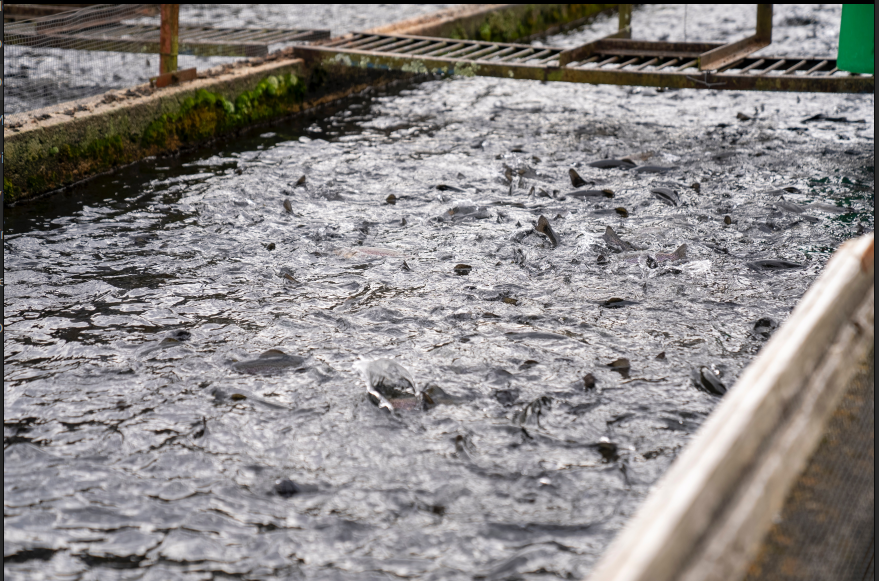

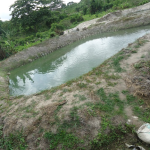
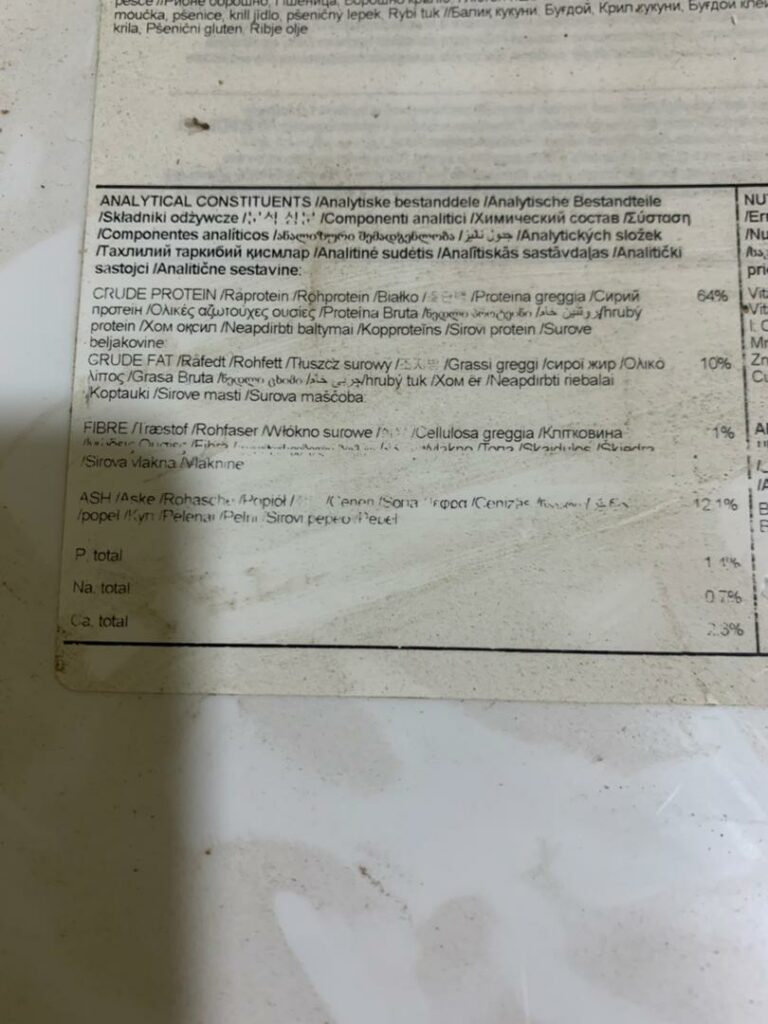

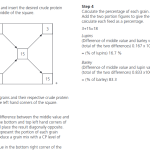
Leave a Reply